As a digital marketing version of Smash Mouth would probably say, “Well the data privacy restrictions start coming and they don’t stop coming”—and they’d be right.
Instead of panicking at the thought of a new iOS update and heaving a sigh of relief each time Chrome punts third-party cookie deprecation further down the road, marketers need to proactively invest in and explore privacy-compliant solutions to targeting and attribution challenges.
Waiting until you’re forced to make the change just opens the door to the competition. That’s not the way to become a marketing All-Star.
We’ve talked a lot about the importance of first-party data in this new world, but the rise of walled gardens means it’s much harder to integrate that information with platform data while respecting user privacy.
Enter the data clean room.
Data clean rooms give marketers the opportunity to make the most of their first-party data by combining it with platform data in a privacy-first way. You need to get comfortable with this new solution to retain your competitive edge.
What is a data clean room?
Data clean rooms are secure locations where your brand’s first-party data interacts with third-party data —mostly aggregate data from ad platforms—in a highly-controlled environment. This is done so marketers can analyze it without sharing data with the platform (and vice versa.)
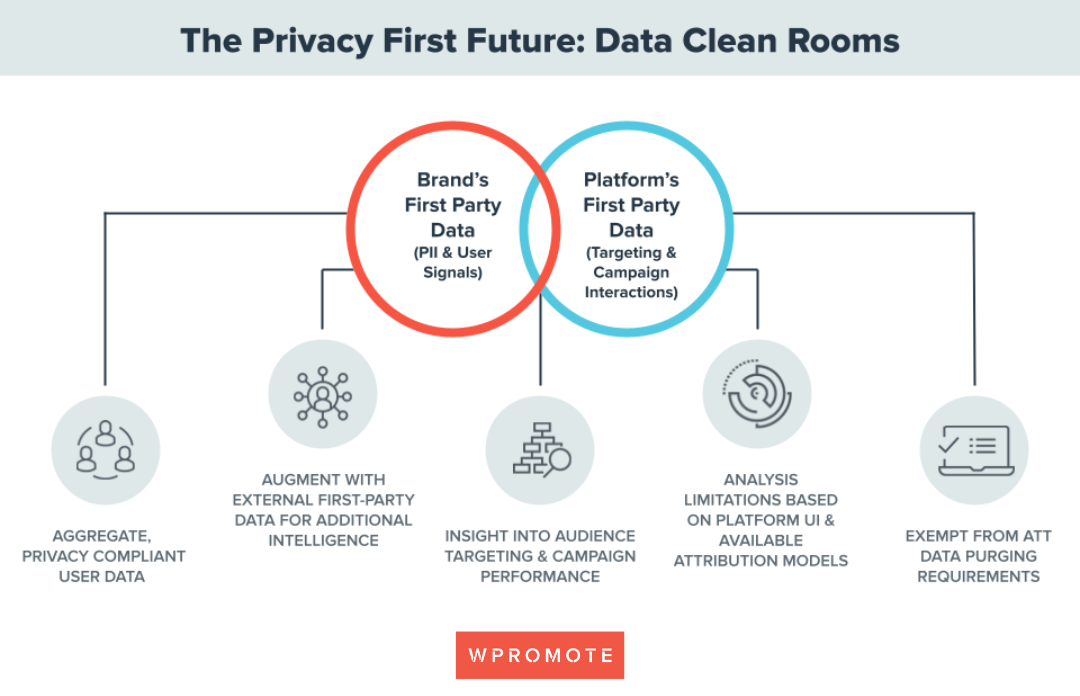
The data stored within clean rooms aren’t subject to purging requirements like Apple’s App Tracking Transparency (ATT), which is why you have to rely on modeled data for opted-out iOS users to understand and report on performance in Meta’s Ads Business Manager.
The clean rooms let you access this data in a privacy-compliant way that mitigates the ability to identify users within the clean room or externally, so you can better understand user interactions across ads and campaigns.
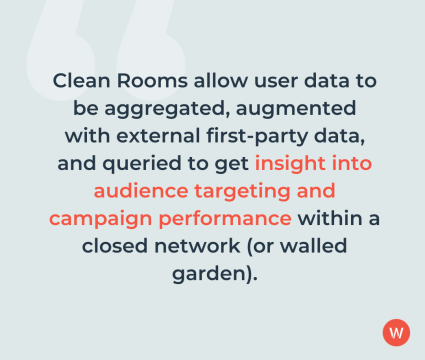
You can also integrate your own first-party data into a platform’s clean room so you can see how it matches up with the aggregated platform data. Then you can identify any inconsistencies between the two data sets to determine whether they’re over-serving ads to the same audiences.
What are the different types of data clean rooms?
Clean rooms can be built by a number of different entities, as long as they maintain a significant amount of first-party data and can generate valuable insights from that data by integrating it with other first-party data sets in a privacy-compliant way.
The major ad platform players (namely Google, Meta, and Amazon) are currently dominating the clean room landscape for a couple of reasons:
- Privacy restrictions limit in-platform ad performance reporting depth and accuracy, and advertisers are hungry for more advanced insights
- Their massive stock of first-party data and relative maturity compared to other ad platforms
That iron grip probably won’t last forever; as newer platforms like CTV or TikTok continue to grow and face the same demands from marketers, they are likely to invest in privacy-compliant solutions like clean rooms.
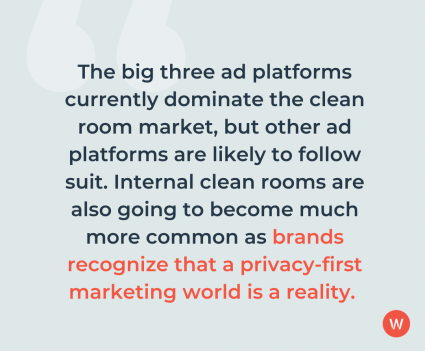
In addition to advertising platform-owned clean rooms, some early-adopter brands are developing internal clean rooms so they can integrate their own first-party data with third-party data purchased from a provider.
These will become increasingly important moving forward; we predict that many CDPs, data infrastructure, and data-onboarding vendors will start offering products tailored to brands that want internal clean rooms.
How should you use data clean rooms?
As we mentioned before, even data that is purged from in-platform reporting is available for analysis in privacy-compliant clean rooms. They offere a broader scope for analysis than would be possible with platform reporting alone.
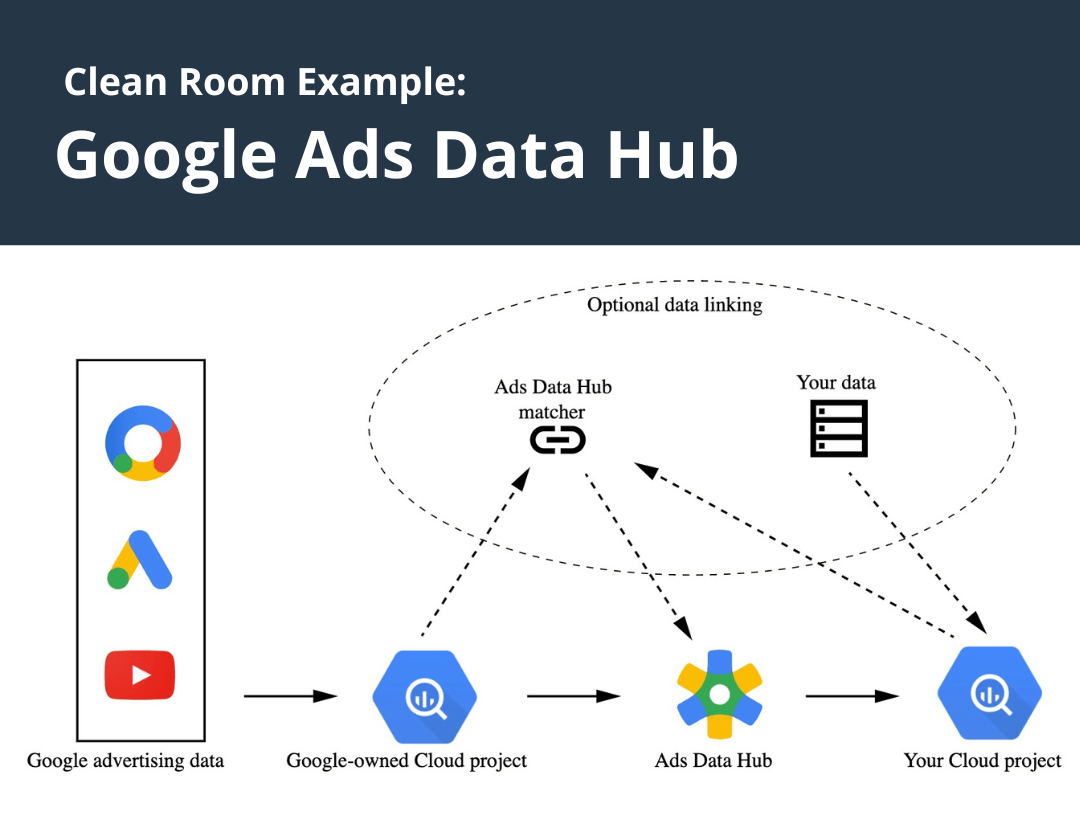
Some of the most useful clean room analysis applications include:
- Conversion crossover: Understanding how upper funnel campaigns influence performance and interact with lower funnel campaigns
- Audience reach overlap: Isolating potential duplication of effort or identifying sequential messaging opportunities by analyzing audience reach across campaigns
- Reach and frequency analysis: Determining the optimal ad serving frequency based on observed diminishing returns
- Optimal time to conversion: Determining optimal conversion consideration timelines to adjust dynamic audience persistence windows.
- Customer augmentation / segmentation: Developing better customer profiles and more effective audience segments by integrating first-party data with identities matched to the advertising platform, augmented with additional metrics such as pCLV cohort, new vs. returning status, products purchased, and other offline attributes
There are limitations: clean rooms are not a complete solution to data privacy challenges to measurement and identity. In particular, most clean rooms today only work for a single platform and cannot be combined with other data clean rooms.
How do I choose the right data clean room for my business?
If you’re advertising on multiple platforms, take a look at how much you spend on each platform. That should give you a good idea about whether or not a particular platform’s clean room is worth the investment. If you’re spending more on Facebook or other non-Google platforms, for example, choosing the Google Ads Data Hub might not be the smartest decision.
You should also work with relevant stakeholders in your organization to define the scope of analysis and the questions you want to answer. Focus on what decisions you’ll be able to make by gaining this line of sight. Most clean rooms offer pre-defined queries, so it’s a good idea to start there.
Different clean rooms have different limits on queries; some require approval for new query scopes (like Facebook Advanced Analytics), while others allow a broad range of queries but enforce privacy checks that limit the ability to query the same data within a short time frame (like Google Ads Data Hub). It’s important to know what you want before you set up a clean room instance.
Tracking now requires explicit consent from users and data privacy is only going to get more complicated. You need to explore clean rooms sooner rather than later if you want to keep a privacy-resilient competitive advantage.

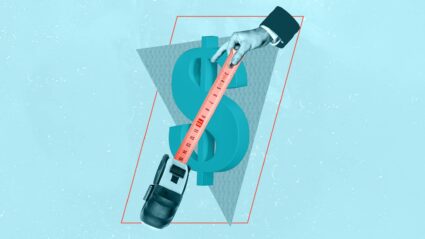

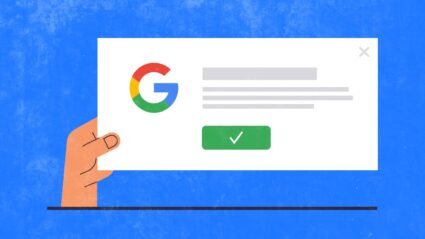
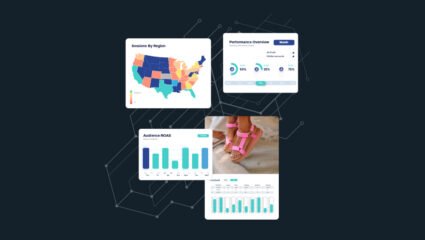


Responses